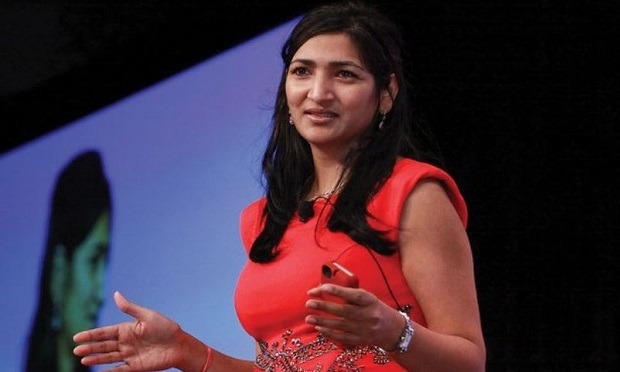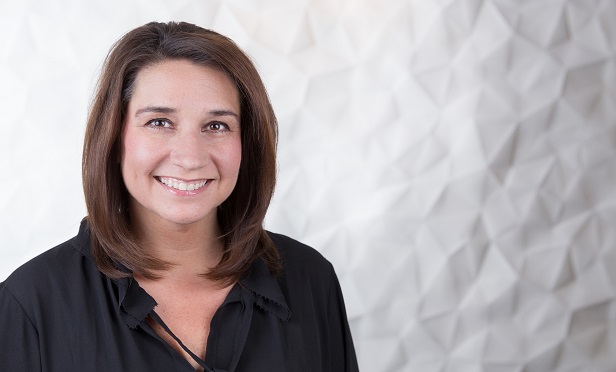 Women are excelling in critical insurance and construction leadership roles while becoming more conversant in digital technologies. (Photo: Shutterstock)
Women are excelling in critical insurance and construction leadership roles while becoming more conversant in digital technologies. (Photo: Shutterstock)
"The Times They Are a-Changin,'" Bob Dylan famously wrote in the song further popularized by the folk group Peter, Paul and Mary during the 1960s.
Recommended For You
Want to continue reading?
Become a Free PropertyCasualty360 Digital Reader
Your access to unlimited PropertyCasualty360 content isn’t changing.
Once you are an ALM digital member, you’ll receive:
- Breaking insurance news and analysis, on-site and via our newsletters and custom alerts
- Weekly Insurance Speak podcast featuring exclusive interviews with industry leaders
- Educational webcasts, white papers, and ebooks from industry thought leaders
- Critical converage of the employee benefits and financial advisory markets on our other ALM sites, BenefitsPRO and ThinkAdvisor
Already have an account? Sign In Now






